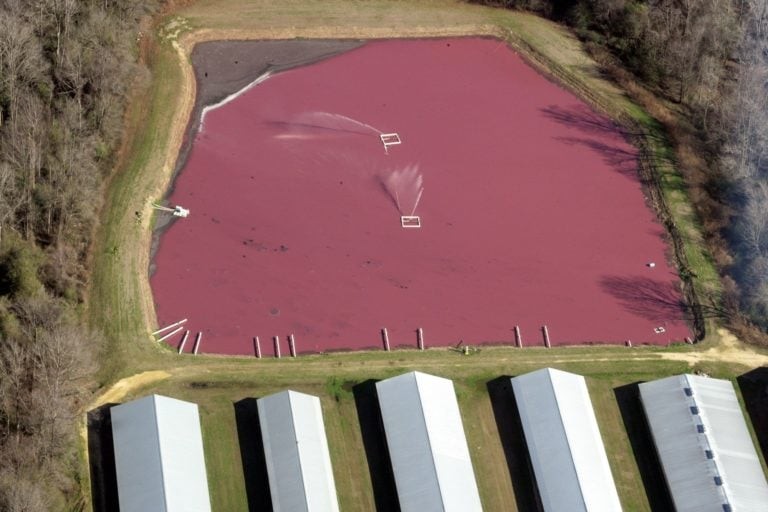The environmental landscape is constantly shaped by legislative actions, some of which directly impact our access to clean water and information. Recently, the Senate’s Committee on Environment and Public Works discussed the “Agriculture Creates Real Employment (ACRE) Act” (S. 2663), sparking concern among environmental advocates. This act, if passed, could significantly weaken the public’s ability to oversee and address pollution from concentrated animal feeding operations (CAFOs). Let’s dive into a teacher guide to explore what the ACRE Act entails and why it warrants close examination.
Understanding the ACRE Act: Secrecy and Reduced Oversight
The ACRE Act is essentially a wish list for industrial agriculture. A key aspect of the bill focuses on obscuring the operations of CAFOs and the pollution they generate. One section aims to restrict public access to vital information held by the EPA regarding CAFO operations and their environmental impacts. This information is currently accessible and crucial for public involvement in permitting processes. By keeping details about waste storage, disposal methods, and proximity to waterways secret, the ACRE Act would make it harder for communities to protect themselves from illegal discharges of dangerous water pollutants.
 Aerial view of a CAFO, showing waste lagoons and animal housing structures
Aerial view of a CAFO, showing waste lagoons and animal housing structures
Furthermore, the ACRE Act would hinder the EPA’s ability to use publicly available information, such as Google Earth and U.S. Department of Agriculture aerial imagery, to identify and document violations at CAFOs. The EPA would need a court order upon proof of “reasonable suspicion” of a violation or permission from the facility. This restriction significantly limits law enforcement’s ability to identify potential violations.
The Impact on Communities and Waterways
Kemp Burdette, the Cape Fear Riverkeeper, highlights the troubling implications of these provisions: “There are more factory farms in the Cape Fear River Basin than any other place on planet Earth, and the pollution released from these operations is enormous… CAFOs already operate in relative secrecy. Frequently, aerial imagery is the only way to document illegal activities… The ACRE act is clearly an industry attempt to shield itself even further from oversight, which will be disastrous for our nation’s waterways and the people who depend on them.”
The pollutants released from CAFOs include nitrogen, phosphorus, heavy metals, toxic gases like methane, hydrogen sulfide, and ammonia, and even deadly bacteria and viruses like MRSA and salmonella.
Pesticide Discharges and the Clean Water Act
Adding to the concerns, the ACRE Act includes a provision that would exempt most discharges of pesticides into our nation’s waterways from the Clean Water Act. This measure echoes previous attempts to allow uncontrolled releases of pesticides into waterways, potentially leading to further environmental damage. This exemption weakens the regulations designed to protect our water sources from harmful chemicals.
Taking Action: A Call to Civic Engagement
Understanding the potential impacts of legislation like the ACRE Act is crucial for informed civic engagement. The original article urged readers to contact their Senators and voice their opposition to the bill. While the specific legislative context may have changed, the underlying principles of transparency, environmental protection, and community involvement remain paramount.
Here are some points to consider when engaging with elected officials or discussing similar issues:
- Express your concerns: Communicate the potential negative impacts of the proposed legislation on water quality, public health, and environmental protection.
- Emphasize transparency: Highlight the importance of public access to information regarding CAFO operations and their environmental impacts.
- Advocate for strong regulations: Support policies that ensure responsible management of animal waste and prevent pollution of waterways.
- Highlight community impacts: Share personal stories or examples of how CAFO pollution affects local communities.
By staying informed and actively participating in the democratic process, individuals can play a vital role in shaping environmental policies that protect our natural resources and promote public health.